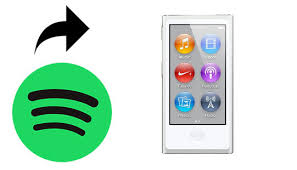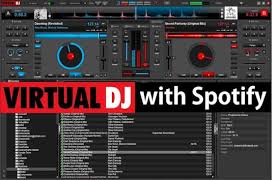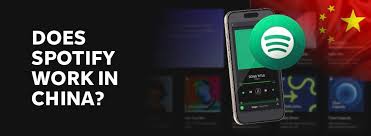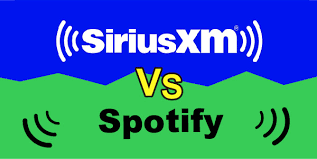In today’s streaming-dominated music industry, Spotify is the go-to platform for both listeners and artists. But many fans wonder—can artists see who listens to their music on Spotify? And for artists themselves, understanding listener insights can be the key to building a loyal fanbase, planning a tour, or even going viral.
In this article, we’ll dive deep into what Spotify reveals (and doesn’t reveal) to artists, how Spotify for Artists works, and what kind of listener data musicians can access. We’ll also clear up common misconceptions and explore how indie musicians and labels use this data to shape their strategies.
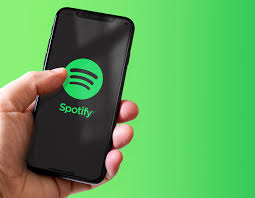
What Artists Can and Cannot See on Spotify
Let’s address the burning question right away: No, artists cannot see exactly who listens to their music on Spotify. Spotify does not share the names, profiles, emails, or locations of specific users due to privacy policies. But that doesn’t mean artists are completely in the dark.
Instead, artists gain access to a powerful platform called Spotify for Artists, which provides aggregated and anonymized data about their listeners. Here’s what it includes:
What Listener Data Is Available Through Spotify for Artists?
Spotify for Artists offers a range of analytics that help musicians better understand their audience without invading user privacy. Below are the major categories of insights:
1. Listener Demographics
Spotify provides demographic breakdowns such as:
Age ranges (13–17, 18–22, 23–27, etc.)
Gender identity (as shared by users)
Top countries and cities
This helps artists understand where their music resonates the most, which can influence everything from tour locations to social media ad targeting.
2. Real-Time Streaming Data
Spotify for Artists updates daily and shows:
Number of streams
Number of listeners
Number of saves
Playlist adds
Real-time stats for newly released songs
Although you can't see who exactly played your song, you can track how it’s performing right after release and in which regions.
3. Playlist Features
Artists can see which editorial or algorithmic playlists their songs are added to. This includes:
Playlist name
Number of followers
Streams generated from that playlist
This information is crucial for understanding what type of music gets picked up and how discoverability works on Spotify.
4. Fan Engagement Metrics
Spotify gives artists insights into:
How many users follow them
How many users saved a track
Listener conversion (how many casual listeners become followers)
This lets musicians identify which songs or moments led to fan growth.
What Artists Cannot See
Despite the impressive analytics, Spotify draws a hard line at protecting user identity. Artists cannot:
View individual profiles who streamed their songs
Get a list of usernames, emails, or IP addresses
Know if you skipped a track or listened fully (though skip rate data is available in percentage form)
Access your playlists unless a track is added to a public one
Spotify's data structure prioritizes user privacy, which is crucial for maintaining user trust and legal compliance under laws like GDPR and CCPA.
How Artists Use Spotify Data in the Real World
Even without names or personal info, Spotify for Artists is a game changer. Here are some ways real artists use the data:
Touring Strategy
If an indie band sees that 60% of their listeners are based in S?o Paulo, Brazil, and they’re gaining followers fast in Latin America, that data can justify a regional tour or collaboration.
Social Media Targeting
Artists can sync Spotify demographics with Instagram or TikTok ad campaigns. For example, they might run ads targeted to women aged 18–24 in Berlin because Spotify shows strong engagement from that group.
Release Planning
High skip rates on ballads but strong completion rates on uptempo tracks? That’s feedback. Artists often use these metrics to refine their future releases.
Pitching to Playlists
Spotify allows artists to pitch unreleased tracks to editorial playlists via Spotify for Artists. Pitching requires selecting a genre, describing the song, and outlining promotional plans. The more data you have about past performance, the better your pitch.
Can Artists See Who Follows Them on Spotify?
Again, the answer is no. Artists can see the number of followers but not who those followers are. However, this metric helps measure growth and fan loyalty over time.
If you follow an artist, rest assured your identity stays private—unless you publicly interact on social media or fan platforms.
Do Any Music Platforms Show Listener Identity?
Some smaller platforms, like Bandcamp, offer more transparency, especially when purchases are made directly. Fans often leave comments or provide emails during transactions. Similarly, email marketing tools, used in combination with Spotify links (e.g., through a SmartLink service like Linkfire), can allow artists to build contact lists outside Spotify.
However, Spotify itself maintains strict boundaries to protect user data.
Real Stats: What Spotify Shares with Artists
According to Spotify's 2024 Spotify Wrapped for Artists report:
Over 30 million artists have used Spotify for Artists.
More than 9 billion streams came from editorial playlists alone in 2023.
Average daily listeners increased by 18% for artists who actively pitched songs via the platform.
These numbers demonstrate how insights—without compromising user privacy—can still drive powerful outcomes for creators.
Frequently Asked Questions (FAQ)
Can artists see who listens to their music on Spotify?
No. Spotify does not reveal user identities. Artists only see anonymized, aggregated data.
Can artists see what country their listeners are from?
Yes, Spotify for Artists shows top countries and cities based on streaming volume.
Do artists know if I skip their songs?
Not directly. They see skip rates in percentages but not who skipped.
If I add a song to a playlist, will the artist know?
Artists can see public playlist data if it generates significant streams, but they won’t know it was you who added it.
Can fans interact with artists on Spotify?
Not directly, but many artists use Spotify Canvas, bios, and social links to connect with fans on Instagram, TikTok, or other platforms.
Conclusion: Data, Not Identities
So, can artists see who listens to their music on Spotify? No, they can't. And that’s by design. Spotify provides artists with useful data, but not user identities, ensuring privacy while still offering value to musicians.
If you're an artist, don’t let the lack of personal info discourage you. The analytics tools provided are more than enough to grow a career, connect with fans, and make data-informed creative decisions.
Learn more about AI MUSIC


